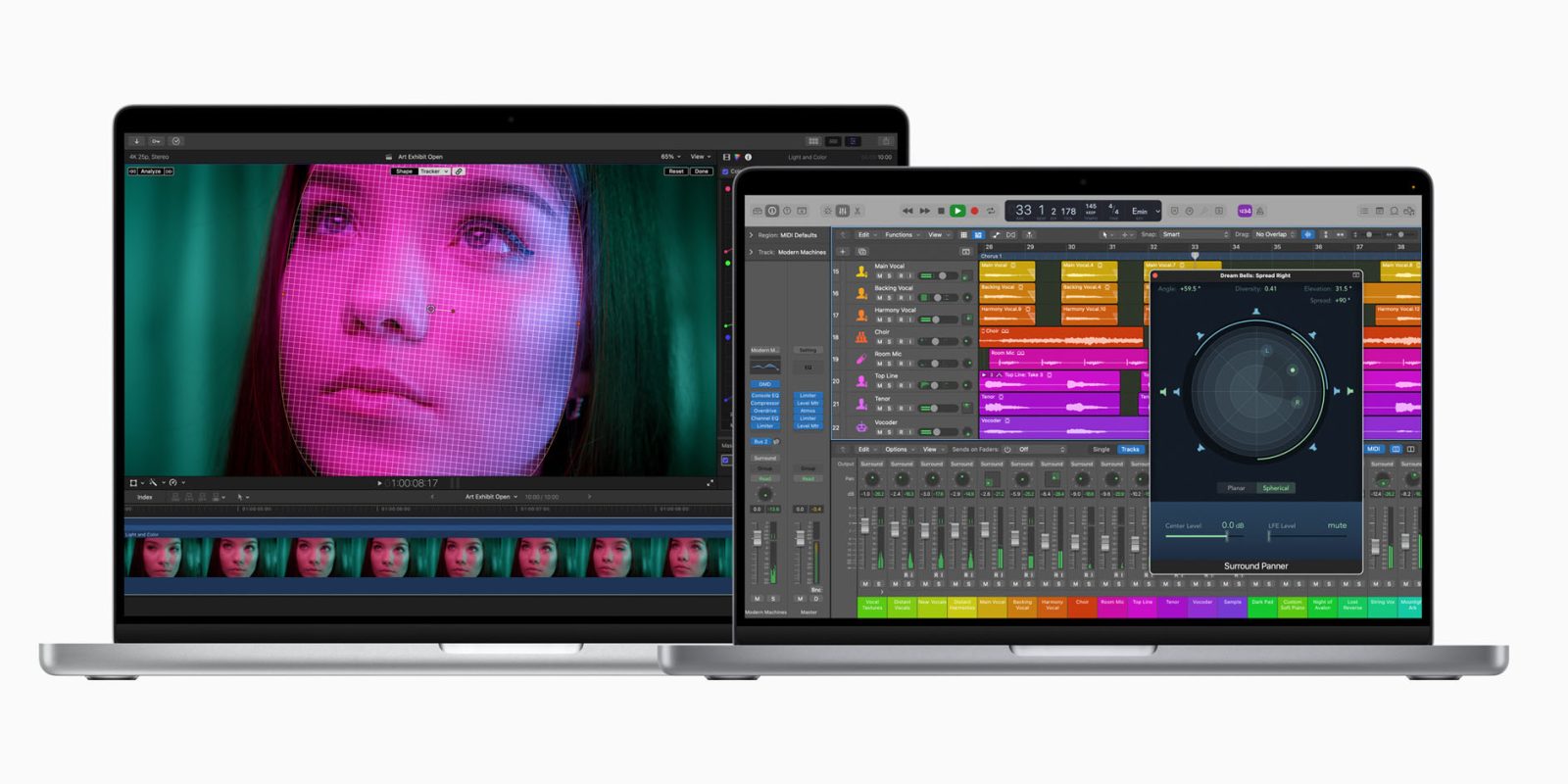
The first OLED MacBook screen has been delayed, claims a supply chain report. It says that Apple was originally planning to bring the display tech to MacBooks in 2025, a year after the rumored introduction in iPads.
However, the more complicated display tech needed in a laptop is causing problems, says the report, as Apple struggles to contain costs …
Background
Apple is slowly transitioning through four types of display technology for its products:
- IPS LCD with conventional backlighting. This is still used in older Macs and cheaper iPhones.
- IPS LCD with miniLED backlighting. Apple switched to this for iPad Pro models, and is now using it in the new MacBook Pro. It allows for darker blacks and brighter whites, and makes a surprising difference.
- OLED. Apple first adopted this in the Apple Watch before bringing it to the iPhone, starting with the iPhone X. Apple has not yet used this in either iPads or MacBooks, but is expected to do so sometime in the 2023-2026 timeframe.
- MicroLED. Despite the similarity in name to miniLED, this is a completely different technology. It’s effectively a much more sophisticated version of OLED. It’s brighter, more power-efficient and doesn’t suffer from burn-in. Apple’s interest in microLED dates back to at least 2014, and while there have been some signs of progress, this tech is still at a very early stage of development. As with OLED, it’s likely to come first to the Apple Watch, then iPhone, iPad and Macs, in that order.
First MacBook with OLED reportedly delayed
The Elec reports.
Apple has begun talks with its South Korean panel suppliers on applying OLED panels to its MacBook line, TheElec has learned.
The iPhone maker has initially planned to launch its first MacBook with an OLED panel in 2025 but this plan is likely to be postponed, people familiar with the matter said.
Apple has been discussing applying OLED panels to its iPad lineup with the South Korean companies as well. The tablets sporting OLED panels is expected to launch in late-2023 or 2024.
The biggest obstacle for Cupertino in applying OLED has been the cost. It is attempting to applying a two stack tandem structure on the panel it procures from Samsung and LG.
The structure stacks two layers of red, green and blue emission layers, which doubles luminance and extends the panel’s life span. It also needs thin-film transistor (TFT) technology that acts as switches for the pixels.
This technology is considered needed as tablets and PCs have a longer life compared to smartphones.
Current OLED panels in smartphones have a single stack structure where there is only one emission layer of red, green and blue.
Doubling the emission layer doubles material costs. The TFT will also need to support fast electron movement. This means low-temperature polycrystalline oxide (LTPO) will be applied but this technology requires 15 to 16 masks during production, which further increases costs.
It should be noted that all these reports are highly speculative, as it’s too early for suppliers to have definitive information.
FTC: We use income earning auto affiliate links. More.



Comments